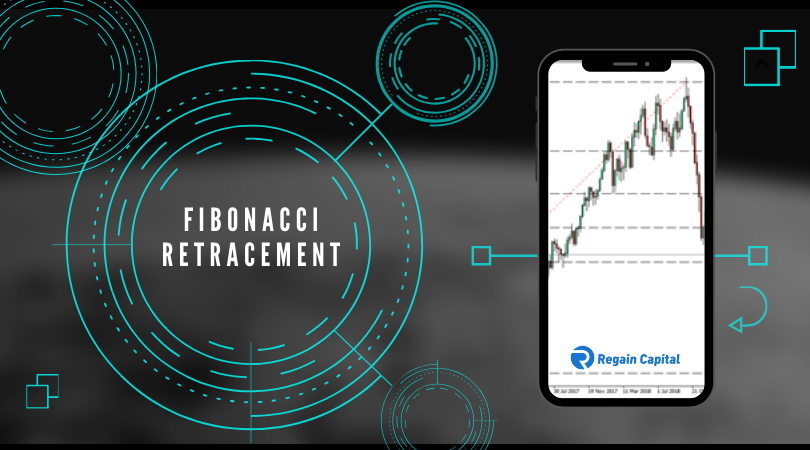
Advanced Level – MACD – Histogram

(A) Introduction
▸ In any investment trading, identifying the current momentum of an
instrument is where investors are able to make money from.
▸ One indicator that is widely used in Technical Analysis is the Moving
Average Convergence Divergence (MACD) Histogram
▸ In a MACD Histogram chart, there will be three numbers used for its
settings. The default settings for most charting software are 12 (Fast EMA), 26
(Slow EMA), & 9 (Signal SMA).
▸ To interpret it, the ‘12’ is the previous 12 bars of the faster moving
average; the ‘26’ is the previous 26 bars of the slower moving average; the ‘9’
is the previous 9 bars of the difference between the two moving averages.
▸ The MACD line is calculated by
subtracting the 26-period EMA from the 12-period EMA to obtain the MACD line,
while a nine-day EMA of the MACD known as the ‘signal line’ is plotted on top
of the MACD line. The
▸ Histogram provides the current
momentum of the instruments whereby if the histogram is above the 0.0 magnitude
level, the instrument is currently moving in a bullish momentum; below the 0.0
magnitude level, the instrument is moving in a bearish momentum.
▸ Similar to the Moving Average,
the MACD Histogram provides indication on a general trend of the instruments
which measures the relationship between two moving averages of an instrument
price
▸ It is a better indicator
compared to Moving Average as the MACD histogram features two signal line and
it reduces the time lag of crossovers.
▸ The indicator also provides the
current momentum (bullish/bearish) of the instruments.
(B) Uses of MACD Histogram
I)
Crossovers
▸ Signals obtained from crossover
between the signal line and MACD line whereby if the MACD line crosses below
the signal line indicates a sell-signal (death cross); crosses above the signal
line indicates a buy-signal (golden cross).


II)
Divergence
▸ Divergence signal which
indicates differences in direction between the price action of the instruments
and the MACD indicator. Can be differentiated into Positive (Bullish) or
Negative (Bearish) divergence.
▸ A positive divergence occurs
when price action indicates persistent downtrend while the MACD indicates
persistent uptrend. This signal suggests the instrument to rebound ahead.


▸ A negative divergence occurs
when price action indicates persistent uptrend while the MACD indicates
persistent downtrend. This signal suggests the instrument to retrace ahead.


(C) Limitations of MACD Histogram
▸ One of the major disadvantages
for the MACD is that it is subjective to the user in terms of desired
time-frames or settings. That said, different people with different trading
patterns whom also have different settings for their MACD may acquire different
results or signals.
▸ The crossover signal is a
lagging indicator as it still takes into calculation of moving average which is
based on past price actions.
▸ The divergence signal may be
early signals as it may signal a reversal too early and causes investors to
enter the market before the price action reacts to the trend reversal.

Follow Regain capital
latest articles
-
- Jun 11,2020

-
- Jun 11,2020

-
- Feb 27,2020

-
- Feb 27,2020
































